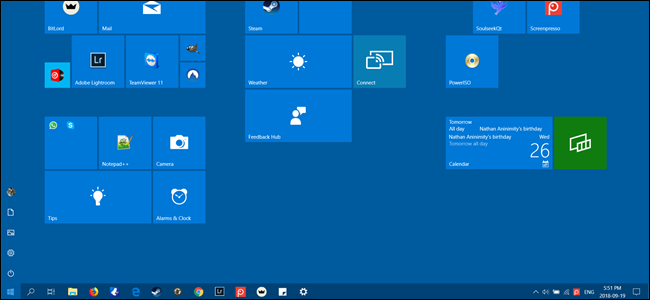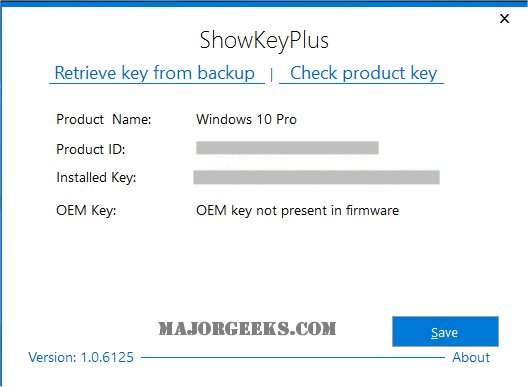backwoodsman
Well-Known Member
- Reaction score
- 576
- Location
- USA
Hi all,
HP Probook that came new with Windows 8, and now has a "Windows 10 Home for Refurb PCs" COA. Customer wants 8.1 installed, but the installer asks for a COA number, which of course the machine never had for Win8. It won't accept the number on the Win10 COA, and won't proceed without a number. What are my options to get Win8.1 to install and activated?
Thanks.
HP Probook that came new with Windows 8, and now has a "Windows 10 Home for Refurb PCs" COA. Customer wants 8.1 installed, but the installer asks for a COA number, which of course the machine never had for Win8. It won't accept the number on the Win10 COA, and won't proceed without a number. What are my options to get Win8.1 to install and activated?
Thanks.



